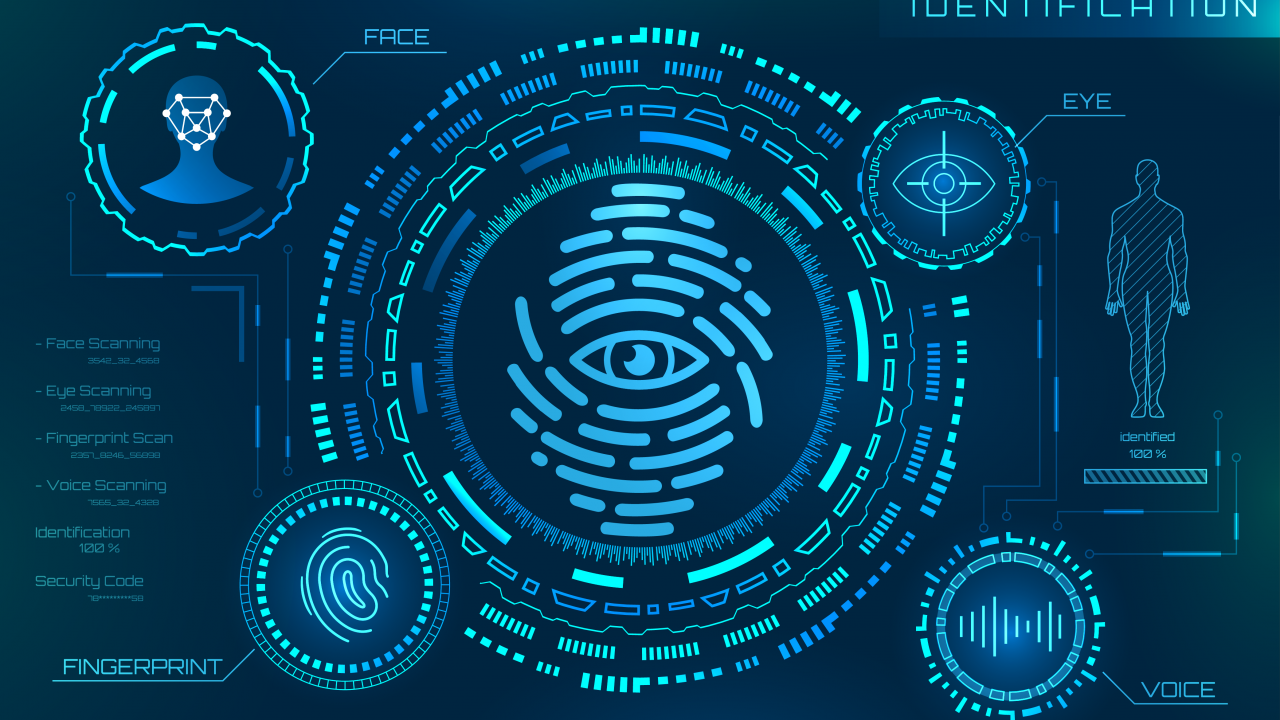Biometrics in the form of fingerprint and DNA are a mainstream element in law enforcement activity. As technology has moved forward, new biometrics have started to emerge in a wide range of areas such as face, voice, environmental geography, and other digital personal data. Invariably each involves capturing biologically derived data and the creation of a binary model against which further datasets can be compared to help indicate identity.
All have huge potential, if used appropriately, to safeguard the public. Many of these techniques are already in use in the private sector in areas such as customer authentication for access to banking records and facial comparison to unlock mobile phones. The challenge is understanding how law enforcement can employ these technologies to safeguard the public in a way that is socially acceptable, ethically aligned and legally compliant, while also better understanding the penetration of new biometrics, both now and in the future, within the private sector.
The multitude of modalities of new biometrics, ranging from gait analysis to voice analytics and image detection, is significant. A first step in understanding the landscape is to have a clear understanding of the relative strengths, weaknesses, opportunities, and threats posed by the different applications as a basis for future planning.
In addition, it is vital to understand the ethical framework in which new biometrics operate. Only by doing so can decision-makers ensure they are fully adhering to protecting the social contract with the public in a manner which is proportionate and necessary, within the legal framework. Part of this will come from gaining an in-depth understanding, through behavioural science, of the public perception of exploitation and acceptance of new biometrics such as voice analytics and facial recognition. In a world where technology has a global application, differing cultural views on new biometrics and the legislative frameworks surrounding them also need to be considered.
Feeding directly into the ethical debate are the issues of bias in systems and the malign use of new biometrics. As a community, we in law enforcement, need to understand the perception of bias and how it can be addressed in a manner that commands confidence across the full range of stakeholders. Equally, it is crucial to acknowledge, explore, and understand how new biometrics can be used for malign purposes both by states and through organised crime. Doing so is essential to understanding the wider narrative around new biometrics as well as the implications in other areas such as officer safety and the development of HUMINT relationships.
...it is vital to understand the ethical framework in which new biometrics operate. Only by doing so can decision-makers ensure they are fully adhering to protecting the social contract with the public
Unlike traditional biometrics, new biometrics produce an identification based on the balance of probabilities. Combining modalities has the potential to increase the accuracy of identification. Academic research will play an important role in understanding how new biometric modalities relate to each other now and in the future.
If law enforcement is to mobilise the opportunities generated by new biometrics effectively, we need to have an understanding of the skills and training necessary to do so. Currently, such an understanding is fragmented, in some areas non-existent and in others being driven by commercial, rather than law enforcement considerations. Academia has a vital part to play in supporting the development of these skill sets. Even at this early stage, it is clear that the complexity of these technologies will require a paradigm shift. Training will need to be carefully developed to ensure it is flexible, relevant, and cost-effective in a multi-disciplinary environment. With the potential for new biometrics to be used in both the overt and covert arenas, the design will need to address the needs of multiple stakeholders.
As a first step in this journey, the National Crime Agency (NCA) has partnered with CREST and staff at Lancaster University. This project will mine academic research in a number of key areas which relate to new and emerging biometrics. While focusing primarily on behavioural science, this will include a diverse range of disciplines such as data analysis, jurisprudence, and the full range of social sciences.
The information provided will then allow the NCA and other partners to better understand the biometrics landscape and how it is evolving and consider how academic involvement can shape the journey going forward.
New biometrics have the potential to be formative in shaping the nature of law enforcement in the 21st Century. The work being done between law enforcement and researchers will be a formative strand in developing our understanding in vital areas such as public perception, malign exploitation, and creating a skilled workforce.
Ian D is a senior manager at the National Crime Agency, responsible for the application of new and emerging digital biometrics.
Copyright Information
Image credit: Adapted from -=MadDog=- | stock.adobe.com







